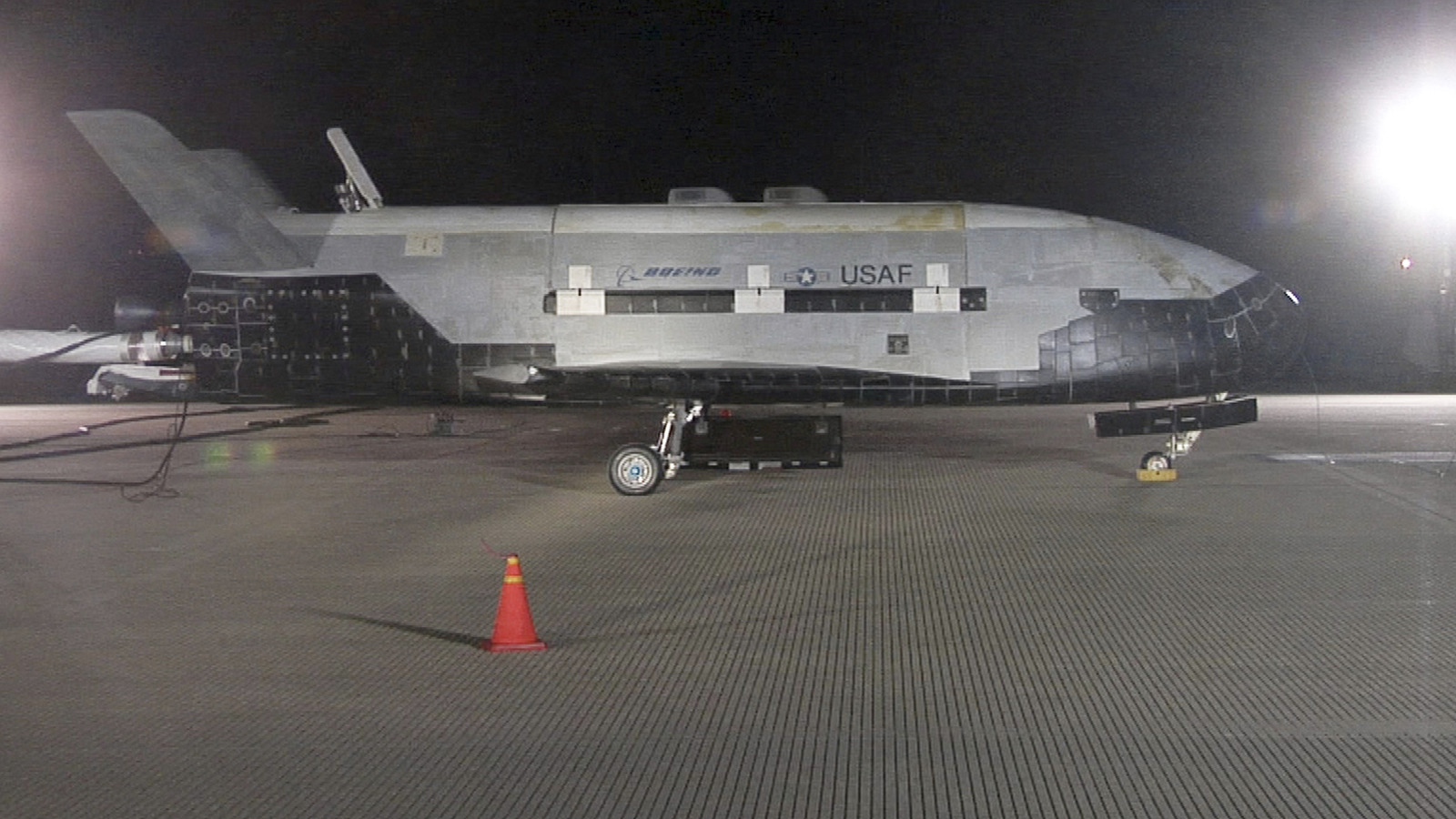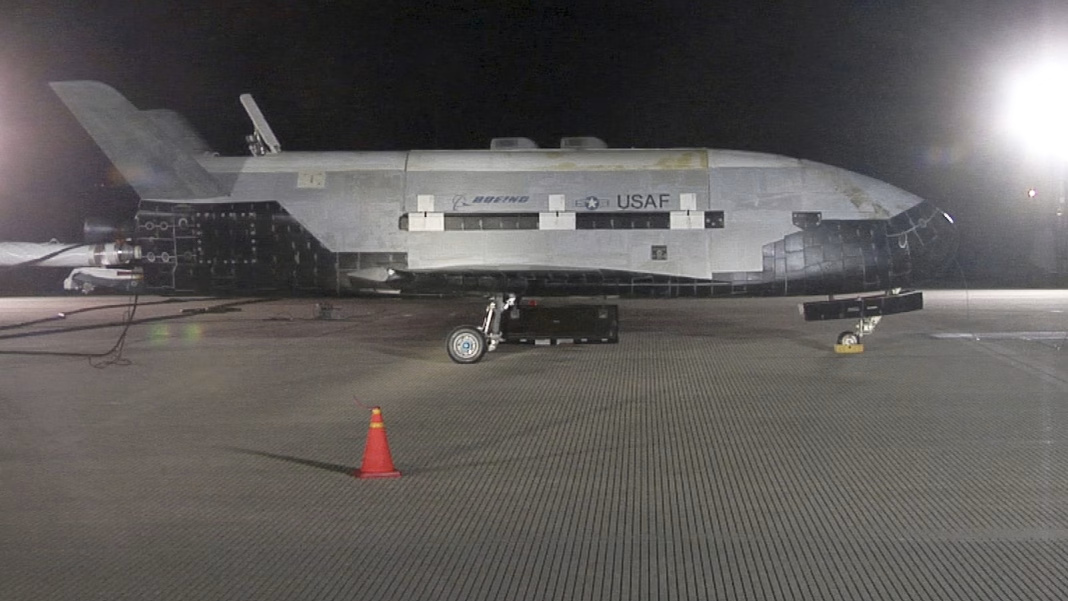Why Are the US and China Racing to Develop Moon Navigation Tech?
If you’ve been following space news, you’ve probably noticed a surge in lunar missions lately. The US and China are both ramping up their efforts to explore, and maybe even settle, the Moon. But here’s a twist you might not expect: one of the biggest challenges isn’t just getting there—it’s finding your way once you arrive. Traditional GPS doesn’t work on the Moon. So, how do you navigate a place with no satellites overhead? That’s where cutting-edge quantum sensors come into play.
How Do Quantum Sensors Help Spacecraft Navigate Without GPS?
Imagine trying to find your way through a dense forest at night, but your compass and map don’t work. That’s the situation lunar explorers face. Quantum sensors, however, offer a new solution. Unlike GPS, which relies on a network of satellites, quantum sensors measure tiny changes in gravity and motion using the principles of quantum mechanics. They’re so sensitive, they can detect the smallest shifts in a spacecraft’s position or velocity.
Recent tests by the US Space Force have focused on integrating these sensors into spaceplanes. The goal? To enable precise navigation around the Moon and even in deep space, where GPS signals simply can’t reach. According to a 2023 report from the National Academies of Sciences, quantum inertial sensors could reduce navigation errors by up to 90% compared to current methods. That’s a game changer for long-duration missions.
What’s at Stake in the Lunar Navigation Race?
It’s not just about bragging rights. Whoever masters lunar navigation first will have a serious edge in the next era of space exploration. Think about it: reliable navigation means safer landings, more efficient resource extraction, and better coordination for lunar bases. For the US and China, this could mean the difference between leading the next space gold rush—or playing catch-up.
There’s also a security angle. As lunar missions become more common, the ability to operate independently of Earth-based systems becomes crucial. If one nation can navigate, land, and move around the Moon without outside help, it gains a strategic advantage. That’s why both countries are pouring resources into this technology, and why the Space Force’s latest spaceplane mission is drawing so much attention.
Are There Real-World Examples of Quantum Navigation in Action?
Absolutely. While the technology is still being refined for space, quantum sensors have already proven their worth on Earth. For instance, they’re used in submarines to navigate underwater where GPS can’t reach. In 2022, a team at the UK’s National Physical Laboratory demonstrated a quantum accelerometer that could keep a vehicle on course for hours without external signals.
Translating this to space isn’t easy—there are challenges with miniaturization, power consumption, and reliability in harsh environments. But the progress is real. NASA and the European Space Agency are both investing in quantum navigation research, and China’s lunar program has hinted at similar breakthroughs.
What Could This Mean for Future Moon Missions?
Picture a lunar rover that can autonomously chart its path across the Moon’s surface, avoiding hazards and finding the shortest route to its destination. Or imagine astronauts landing precisely where they need to, every time, without relying on Earth-based guidance. That’s the promise of quantum navigation.
It could also open the door to entirely new types of missions—think swarms of small robots exploring craters, or cargo landers delivering supplies to remote outposts. The ripple effects would be huge, not just for science, but for commercial ventures and even international cooperation (or competition).
The big takeaway? Winning the lunar navigation race isn’t about perfection—it’s about smarter adjustments. Start with one change this week, and you’ll likely spot the difference by month’s end. The Moon may be far away, but the future of space navigation is closer than you think.


